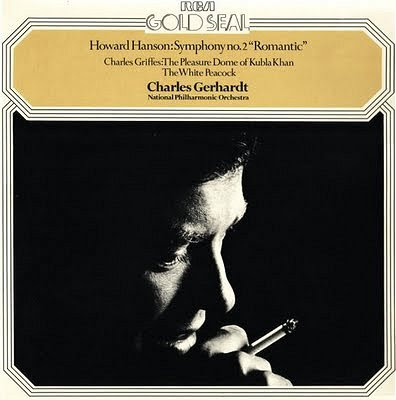Cracked Media - the Sound of Malfunction

In a small warehouse gallery space in the centre of Sydney a noise turntablist, Lucas Abela, stands over a stack of vinyl that is bolted to the rotary device of an industrial sewing machine, Instead of spinning the records at 33 or 45 revolutions per minute this "turntable" spins the records at up to 2,850 revolutions per minute. The stylus itself is made of a meat skewer directly connected to a guitar amplifier, Abeka holds the makeshift needle against the records with difficulty; the speed of their rotation constantly whips his stylus off the vinyl discs. The sound is dominated by intense noise: loud bursts of sound join occasionally recognizable high-speeed cartoon-like tunes. The force with which the needle is applied to the discs causes them to shatter at regular intervals, and as they do shards of vinyl are propelled across the room; some are firmly embedded in the gallery walls. In total the performance lasts around eight minutes before the combination of vinyl and a broken needle causes the end of the piece [see photo above] ...Those excerpts come from Cracked Media - The Sound Of Malfunction by Caleb Kelly and published by The MIT Press. I found the book by chance as a new title in Norwich Library and was struck immediately by how it reflected many recent themes here On An Overgrown Path - chance music, feral choirs, the lost art of listening, no selection has been made, silence is no longer a possibility, does the sound matter anymore? and of course the 'cracking' of established media. The best thing I can do is reproduce MIT's synopsis of the book:
Throughout the late twentieth century and into the twenty-first it became almost common to see performances that used some element of the manipulation, breaking or destruction of sound mediation technologies in live performance. The image of the performer bent over newly released audio technology, or alternatively, over beaten up domestic hi-fi equipment, producing an array of noises at extreme volume or at palpable near silence, was a regular part of many experimental music performances.
From the mid-twentieth century into the twenty-first, artists and musicians manipulated, cracked, and broke audio media technologies to produce novel sounds and performances. Artists and musicians, including John Cage, Nam June Paik, Yasunao Tone, and Oval, pulled apart both playback devices (phonographs and compact disc players) and the recorded media (vinyl records and compact discs) to create an extended sound palette. In Cracked Media, Caleb Kelly explores how the deliberate utilization of the normally undesirable (a crack, a break) has become the site of productive creation. Cracked media, Kelly writes, slides across disciplines, through music, sound, and noise. Cracked media encompasses everything from Cage's silences and indeterminacies, to Paik's often humorous tape works, to the cold and clean sounds of digital glitch in the work of Tone and Oval. Kelly offers a detailed historical account of these practices, arguing that they can be read as precursors to contemporary new media.Caleb Kelly is a lecturer at Sydney University. It is good to feature a project from Australia, a country where there are many regular readers On An Overgrown Path, and where, incidentally my brother has lived for the last thirty-odd years. And it was interesting to learn that the unlikely figure of Paul Hindemith was one of the first proponents of cracked media. He presented an event called Neue Musik Berlin 1930 with Ernst Toch that used manipulated turntables as sound sources.
Kelly looks at the nature of recording technology and the music industry in relation to the crack and the break, and discusses the various manifestations of noise, concluding that neither theories of recording nor theories of noise offer an adequate framework for understanding cracked media. Connecting the historical avant-garde to modern-day turntablism, and predigital destructive techniques to the digital ticks, pops, and clicks of the glitch, Kelly proposes new media theorizations of cracked media that focus on materiality and the everyday.
Cracked Media - The Sound Of Malfunction is well worth exploring irrespective of your preconceptions on the subject. As Jeff Greenwald wrote:
Artists in the Western world work by bending the banister, confident that anyone sitting on it will slide into a new awareness.* I know you are just itching to hear what cracked media sounds like. The good news is there are audio files and more in author Caleb Kelly's Free Music Archive.
* Website for Cracked Media is here.
* More resources on cracked media at Impermanent Audio.

Images are from Cracked Media and the header is by Mr. Snow. Any copyrighted material on these pages is included as "fair use", for the purpose of study, review or critical analysis only, and will be removed at the request of copyright owner(s). Report broken links, missing images and errors to - overgrownpath at hotmail dot co dot uk









Comments
to continue on the cracked theme: your blog, to quote Kenneth Clark, "lets in new light through chinks that time has made"
best wishes,
b.